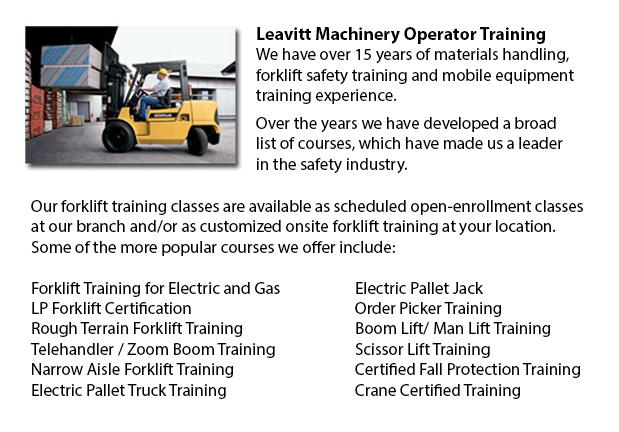
A pallet stacker is a type of pallet jack that is utilized to transport, stack and haul palletized cargo that are overly arduous for manual lifting. Its key purpose is to load and unload pallets on vehicles, as well as transferring pallets to and from a variety of locations within a stockroom space or warehouse. On the whole pallet stackers are manufactured of heavy duty materials to endure extreme weights. Pallet stackers are sometimes called pallet jacks. They may be operated from a seated, upright or walk-behind position. Pallet stackers are divided into manual and powered styles.
Pallet stackers are normally comprised of a pair of forks that are able to slide beneath a pallet, capable of raising to a preferred height or moving it to a specified location. The engine compartment or casing houses the gas-run, electronic or hydraulic gear that powers the machine.
Manual pallet jacks are hand-powered. They run hydraulically to make lifting tedious pallets an easier task. Usually a walk-behind version meaning they are operated by pulling and pushing the jack to its preferred location. Utilizing a foot pedal or handle raises the stacker’s forks. Squeezing a handle or trigger returns the forks to the ground. These models of pallet stackers are ideal for lighter loads of up to approximately 1 ton or 907.18 kg.
Most jacks can accommodate the lifting of heavy weights to around 5 tons with either the gas or electric models. They are physically less demanding to maneuver than the labor-intensive models due to the hydraulic power that hoists and lowers the forks. These versions are steered by turning the handle in a specific direction. There is a button on the knob that operates to raise and lower the forks. A throttle set up on the stacker’s handle moves the device forward and in reverse. This variety of equipment is commonly known as a forklift and is used from a sit-down posture.
Selecting the right version of pallet jack can be quite important as machines will have varying lift functionality, together with varying fork widths. Some models of stackers may only tolerate two pallets to be loaded at one time, while other versions may be capable to stack multiple pallets. Certain designs of these hoists include an modifiable fork in order to permit the stacker to slide beneath pallets of atypical sizes and shapes. Various fork models may be quite effective when different varieties of pallets are being utilized in the same warehouse.
-
Doosan Forklift
Doosan Infracore Company Ltd. is a transnational establishment consisting of Diesel Engines, Defense Industry goods, Industrial Vehicles, Construction Equipment and Machine Instruments and Mechanization Systems. In the United States, Doosan Infr... More -
JLG Telehandler
After retiring in the late 1960's, John L. Grove started out on a cross country RV trip. After spending many years establishing his family built crane business with his brother, John had no idea that this journey would bring about the rise of JLG Ind... More -
Boom Lifts
Boom Lifts are a table lift mechanism that can be lifted or lowered to differing heights, making this apparatus a functional instrument for various industrial functions. There are some unique kinds of Boom Lift consisting of knuckle booms, scissor pl... More -
Terex Forklift
Terex Forklifts takes great pride in producing quality equipment that helps better their customers' efficiency while standing by their goal to offer a cost effective yet consistent product line. Through many divestures and acquisitions planned to exp... More -
Komatsu Forklift
Komatsu Forklift U.S.A. Inc. has an outstanding reputation for building dependable and resilient lift trucks. Komatsu is recognized around the world as a business with a rich heritage while preserving an outstanding standard of refinement and quality... More

Forklift Training Red Deer
TOLL FREE: 1-888-254-6157
Red Deer, Alberta
forklifttrainingreddeer.com
Email Us
About Us


